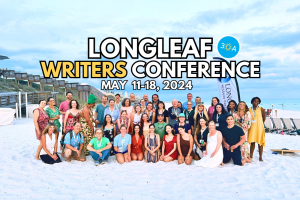

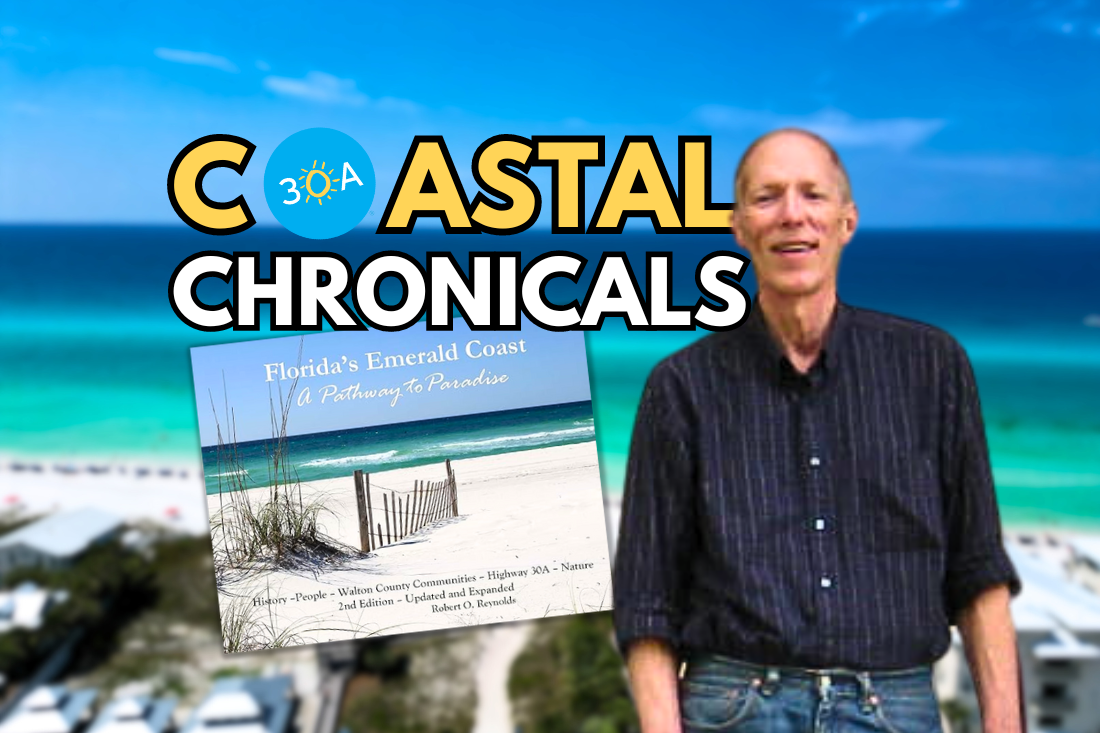
Things are moving quickly in paradise. When Robert Reynolds published the first edition of his book Florida’s Emerald Coast: A Pathway to Paradise, long-time residents and regular visitors enjoyed his beautiful account of life along Scenic Highway 30A in Walton County, northwest Florida.
The book documented the history of this slice of paradise and charted its development from wild coastlines, dune lakes, and swamps to become one of America’s most prestigious communities and home to some outstanding real estate. But for new arrivals and those exploring the area for the first time, there were some obvious gaps.
“Since the first edition, several of the communities have undergone significant additional development or other changes” explains Robert.
The latest edition of the book published in late 2023 captures the full story of new communities like Watercolor, Rosemary Beach and Alys Beach and their role in life along 30A. You can buy it on Amazon or on the website.
As well as these newer communities, the more established ones like Seaside, Seagrove, and Grayton Beach have continued to evolve too.
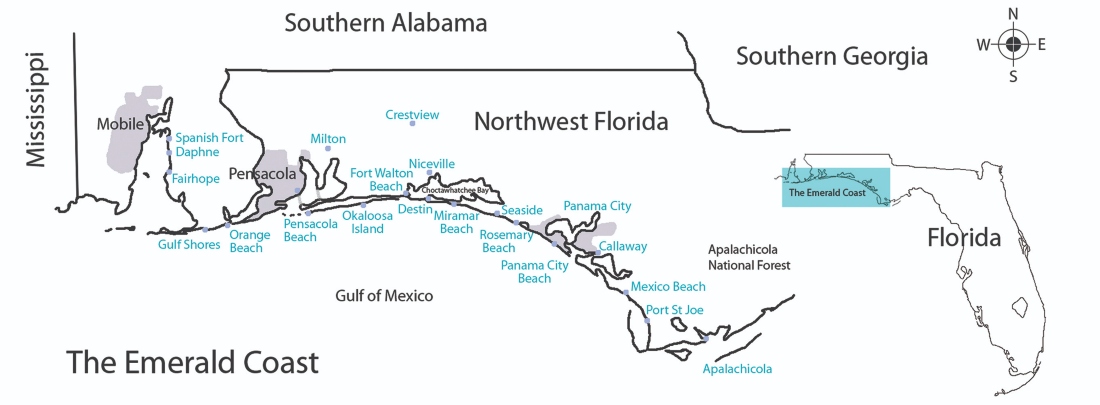
The updated map vividly highlights the Emerald Coast’s location within the Florida Panhandle.
The second edition covers a period that has seen the renovation, rebuild, and removal of some of the quintessential Florida cracker-style properties that gave the area much of its character, to be replaced by larger homes and rental properties costing tens of millions of dollars.
In these pages, Robert documents the disappearance of some old favorites like the Seagrove Villas Motel and Wheelhouse Restaurant, the moving of the Seaside Post Office to make room for new entertainment spaces, and the fire that razed the Red Bar only to see it re-emerge like a phoenix from the flames.
Robert’s latest edition also provides valuable insights into the development deals and the sometimes controversial figures behind them.
“I saw an opportunity to expand the coverage of the people who had been important in the development of each community in the region” he reveals. “For this edition, I made a point of finding images of everyone I could, hoping to bring the story to life and make it more engaging for the reader.”
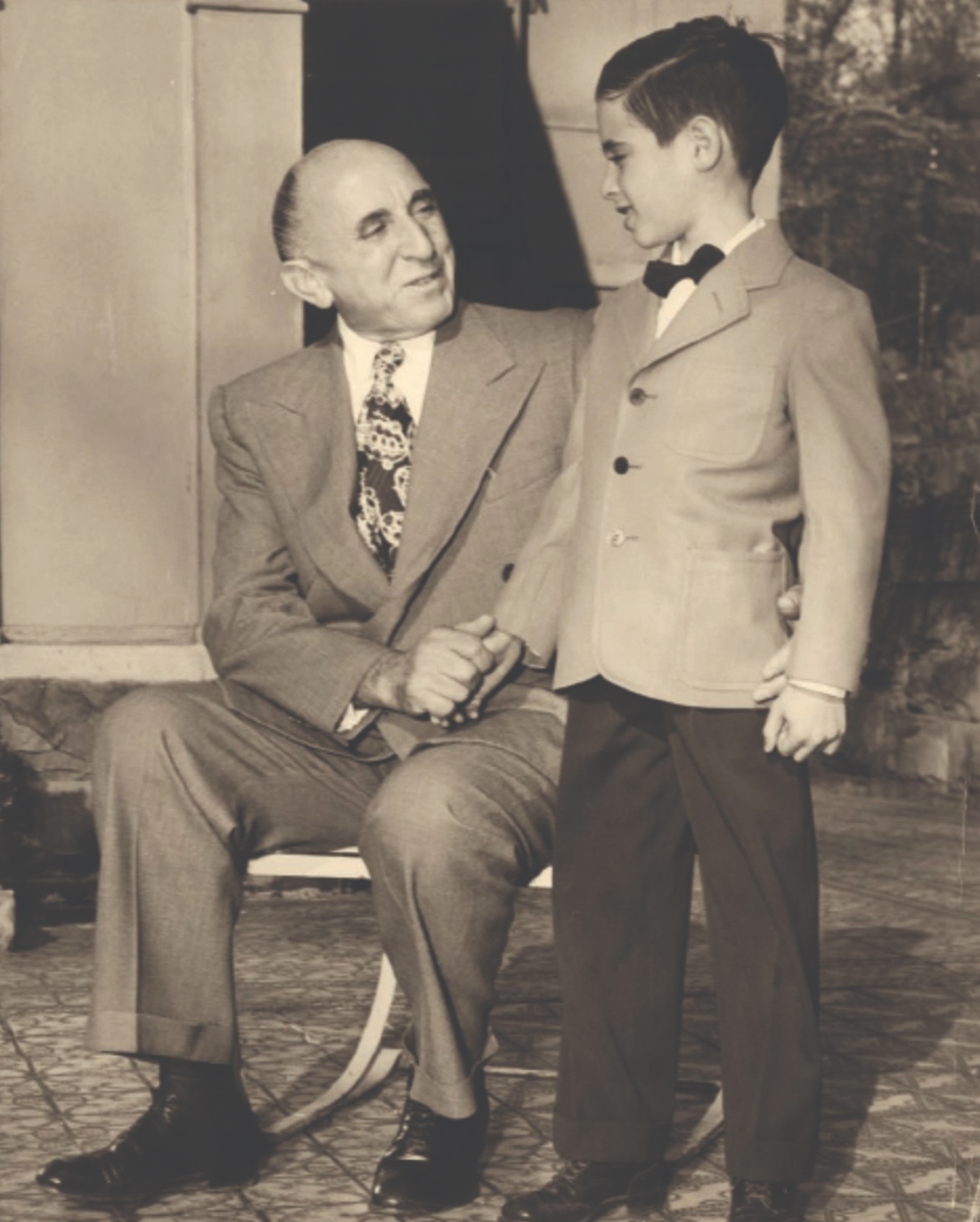
Joseph Smolian, the original purchaser of the land that evolved into Seaside, alongside his grandson Robert Davis, the founder of the community.
The book also has extended chapters exploring the flora and fauna native to this area.
It chronicles the Dune Lakes which are special to this part of the United States, the creatures who are adapting their lives to co-habit with us along the beach and in the forests surrounding 30A, and the scrub oak, live oaks, Cypress, and Longleaf pines which are native to these sandy soils and swampy creeks.
Robert is a long-time visitor to the beaches of the Emerald Coast, first coming here with his parents in the 1960s.
“When my parents bought their first house in Seagrove in the 1960s, my sister and I were in Junior High School in Montgomery. Our family would drive down for weekends or spend time here during the summer,” he recalls.
“Highway 30A wasn’t even complete at the time, and the area was much less developed. There were no restrictions on using vehicles on the beach, so my father had an old Jeep modified with things like wide tires and copper brake lines. We kept it at the house in Seagrove and would sometimes pack a picnic lunch and drive down the beach to the dunes at Eastern Lake or Deer Lake.”
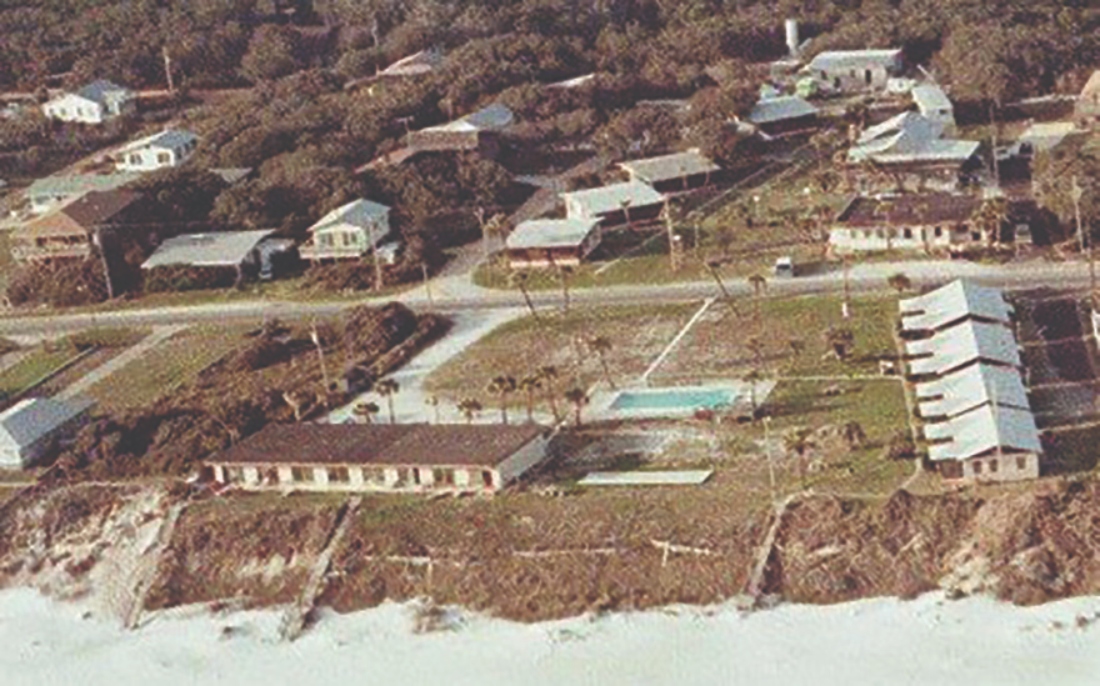
The early aerial photo of Seagrove Beach shows the old Seagrove Manor Hotel and Villas, built starting around 1952, along with the Wheelhouse Restaurant.
These early adventures piqued Robert’s interest in the area.
“The dunes are dynamic, constantly being sculpted by the wind and rain, and we gradually learned to spot changes, finding pieces of native American pottery exposed when the sand shifted. We did this for several years and eventually amassed a collection of artifacts including two partial pots, which a historian has dated as between 1000-1600 AD.”
The book is stuffed with wonderful old photographs and maps and recounts tales of the earliest days of human settlement on these shores, through the era when Native American tribes inhabited the area, to the time Europeans arrived and claimed the land for their monarchs.
It also paints a picture of a moment when the needs of humans were more ‘in sync’ with the environment and the rhythms of wildlife, the seasons, and mother nature.
“We also had an old Boston Whaler boat,” Robert tells me. “Only about 14 feet long, but big enough to hold our family of four. We would spend all day on Choctawhatchee Bay, in the rivers and inlets that feed the bay, and out in the Gulf. I remember once passing a Manta Ray that had a six to eight-foot wingspan.”
Reading his book, some may wonder whether the relentless march of progress has been entirely beneficial.
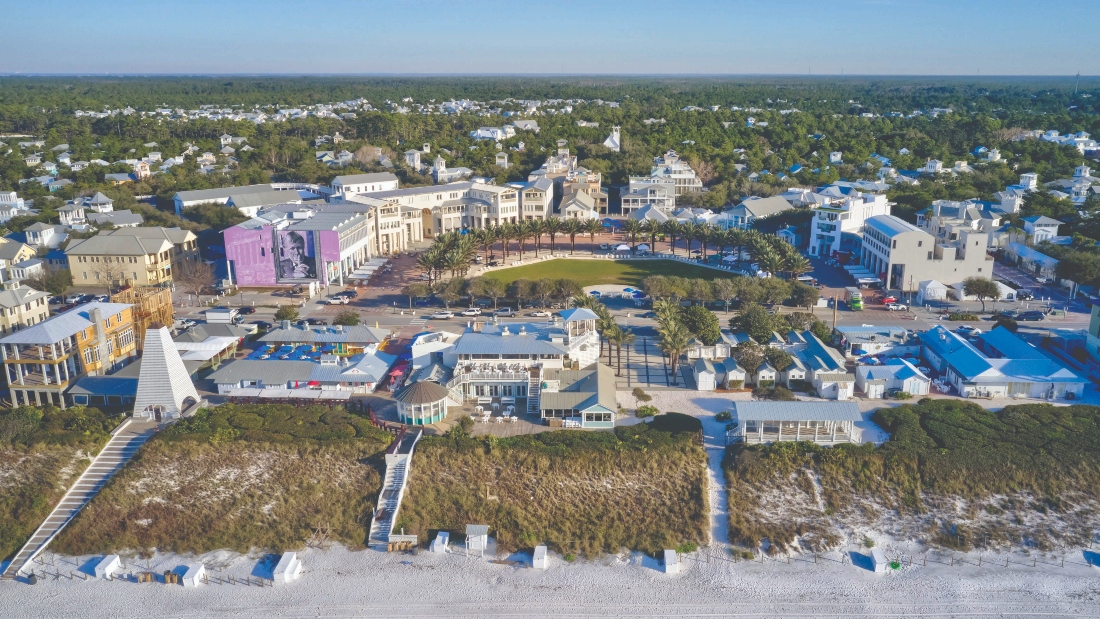
Present day Seaside
Documenting the change, Robert does a good job of providing the evidence and leaving the reader to draw their conclusions as to whether the pathway to paradise needed paving or not.
The author also turns his attention from the physical elements of the beach road and its communities to the lifestyle enjoyed by its residents.
The 30A is today a haven for music lovers, gourmands, and oenophiles. He recalls the bohemian spirit of places like Grayton Beach with its unofficial town motto – Nice Dogs, Strange People. The Grayton Fine Arts Festival, which catalyzed local artist Jim Poteet to establish his studio gallery, has evolved into ‘ArtsQuest’. Now hosted in Sandestin by the Cultural Arts Alliance of Walton County (CAA), this event attracts thousands of visitors annually.
The book touches on the CAA’s other headline events – 30A Songwriter Festival, Underwater Museum of Art, and Valentine Tour of Homes – all providing enriching experiences for residents and homeowners while extending the attraction of the area to new audiences and pushing ever deeper into the quieter ‘shoulder season’.
Robert’s book also looks to the future.
Seaside and Rosemary Beach are well established as prime examples of the New Urbanism movement – communities built with higher density and designed for strolling and cycling rather than driving and parking.
The author touches on the next evolution in this placemaking journey – New Ruralism – and the inland communities that landowner and developer St Joe and others are currently creating – Watersound Origins, Camp Creek, Latitude Margaritaville, and the wider West Bay project.

This bird’s-eye view of Watersound highlights the unique Gatehouse building, home to the Watersound Inn boutique hotel on its upper levels.
What are Robert’s hopes for the future of the area?
“As far as elements I hope the area retains, that’s easy in a sense, but also hard,” he ponders. “I say easy because everything we did centered around the natural beauty and resources of the area; the Gulf, other bodies of water, the beach, the sunshine, most of which can be enjoyed at no direct cost by people.”
“I also say hard because the discussion of preserving these attributes can quickly become political, territorial, or worse. Global warming threatens much of the beauty of the area, but people cannot agree on what to do or even whether it’s real. A simple walk on the beach is now threatened by property ownership principles, and the BP oil spill in 2010 and recent hurricanes reminded us how fragile the Gulf and beach ecosystems are.”
“While it can be hard for people to work together to preserve the area, it is necessary if we want to continue to enjoy this place in the future” he concludes.


